Home>Articles>What To Use To Cover Insulation In Basement Ceiling
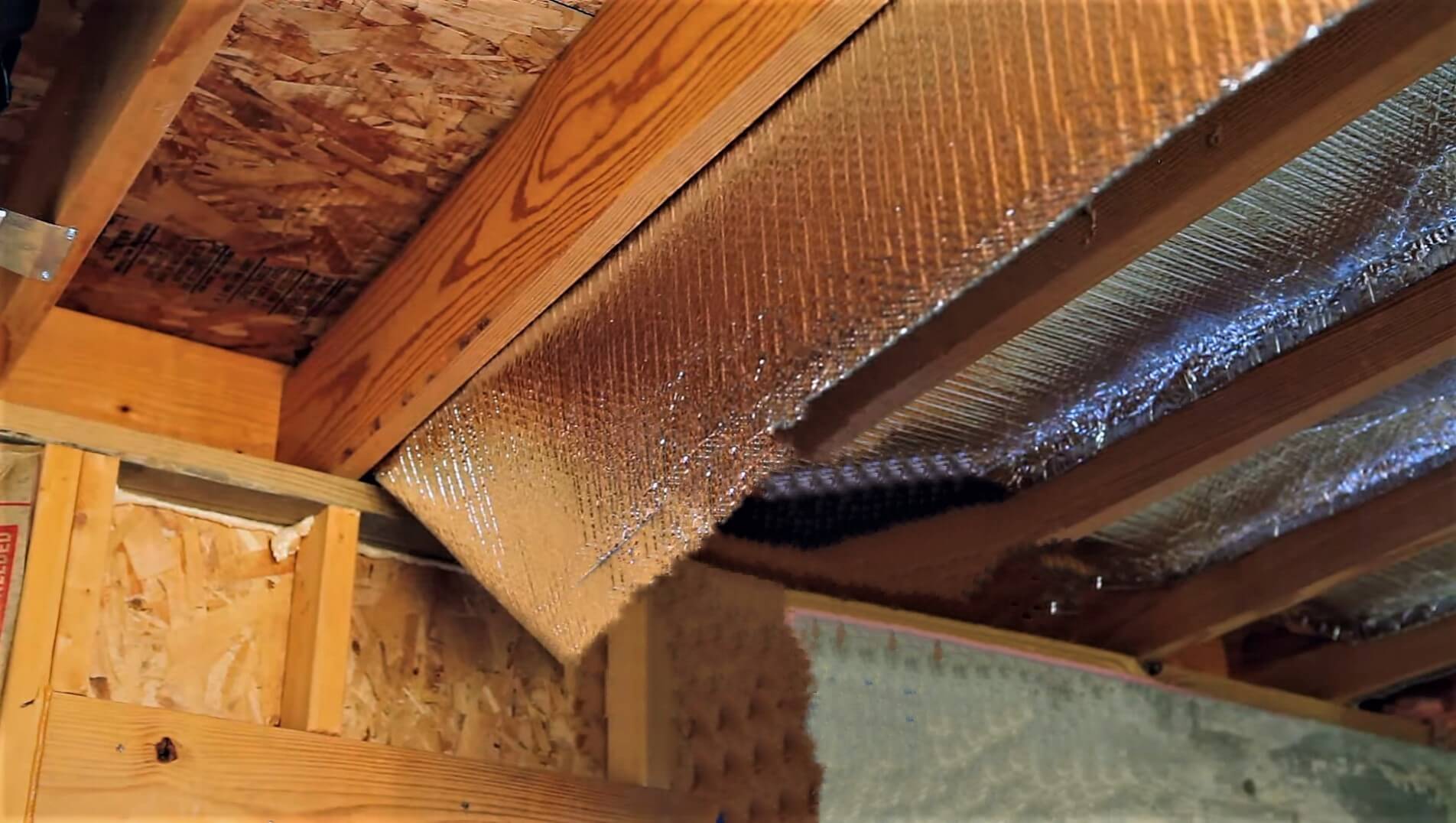

Articles
What To Use To Cover Insulation In Basement Ceiling
Modified: October 23, 2024
Discover the best articles on how to cover insulation in your basement ceiling and create a more polished and finished look. Step-by-step guides and expert tips await!
(Many of the links in this article redirect to a specific reviewed product. Your purchase of these products through affiliate links helps to generate commission for Storables.com, at no extra cost. Learn more)
Introduction
When it comes to insulating a basement ceiling, it’s important to understand the importance of covering the insulation properly. Insulation in the basement ceiling helps to regulate the temperature and reduce energy costs by preventing heat loss or gain between the basement and the floors above. However, leaving the insulation exposed can lead to a variety of problems, including moisture buildup, mold growth, and decreased effectiveness of the insulation.
That’s why it’s essential to cover the insulation in the basement ceiling with a suitable material. Not only does this protect the insulation, but it also enhances the overall aesthetics of the basement and creates a more finished look. In this article, we will explore the different options available for covering insulation in the basement ceiling and discuss the factors to consider when choosing the right covering for your space.
By understanding the importance of properly covering insulation in the basement ceiling, you can make an informed decision and ensure the long-term effectiveness and functionality of your insulation system.
Key Takeaways:
- Properly covering insulation in the basement ceiling is essential for protecting against damage, preventing moisture buildup, improving energy efficiency, enhancing aesthetics, and reducing noise transmission.
- Factors to consider when choosing a covering for insulation include budget, insulation properties, moisture resistance, durability, aesthetics, installation ease, accessibility, fire resistance, and maintenance requirements.
Read more: What Insulation To Use In Basement Ceiling
Importance of Covering Insulation in Basement Ceiling
When insulating a basement, it’s crucial to consider not only the installation of the insulation but also its proper covering. Without a suitable covering, insulation in the basement ceiling can be prone to numerous issues that can affect its performance and the overall comfort of your home.
First and foremost, covering insulation in the basement ceiling helps to protect it from potential damage. Insulation can be easily damaged by accidental impacts, rodents, or moisture. By providing a barrier between the insulation and the rest of the basement, a proper covering shields it from these potential hazards.
In addition to protection, covering insulation also helps to prevent moisture buildup. Basements often have higher humidity levels, and without a barrier, moisture can seep into the insulation and cause it to become damp. This can lead to mold and mildew growth, compromising the indoor air quality and potentially causing health issues for occupants.
Another important aspect is the energy efficiency of your home. Lining the basement ceiling with a suitable covering helps to improve the overall insulation system by reducing heat transfer between the basement and the upper floors. This helps to maintain a more consistent temperature throughout the house, leading to lower heating and cooling costs and increased energy efficiency.
Covering the insulation in the basement ceiling also enhances the aesthetics of the space. An exposed insulation system can make the basement look unfinished and unappealing. By selecting the right covering material, you can create a more polished and visually appealing environment.
Moreover, a properly covered basement ceiling with insulation can help with noise reduction. It acts as additional soundproofing, minimizing the transmission of sound between the different levels of your home. This is especially important if your basement is converted into a living space or used as a home theater.
Overall, covering insulation in the basement ceiling is vital for protecting the insulation, preventing moisture buildup, improving energy efficiency, enhancing aesthetics, and reducing noise transmission. It ensures the insulation functions optimally and creates a more comfortable and livable space in your home.
Options for Covering Insulation in Basement Ceiling
When it comes to covering insulation in the basement ceiling, there are several options to consider. Each option has its own unique benefits and considerations, so it’s important to choose one that suits your specific needs and preferences. Here are five common options:
- Drywall: Drywall is a popular choice for covering insulation in the basement ceiling. It provides a smooth and finished look, while also offering fire resistance and soundproofing. Drywall is relatively easy to install, and it can be painted or finished to match the rest of the basement.
- Plywood: Plywood is another option that offers durability and affordability. It provides a rustic look to the basement ceiling and can be stained or painted to achieve the desired finish. While plywood is not as effective in terms of soundproofing as drywall, it can still provide a decent covering for insulation.
- Drop ceiling: A drop ceiling, also known as a suspended ceiling, is a grid-like system that hangs below the actual ceiling. It consists of lightweight tiles that are easy to install and remove. Drop ceilings offer easy access to the wiring and plumbing systems above, making maintenance and repairs more convenient. They are also available in a variety of designs and materials to suit different aesthetic preferences.
- Foam board: Foam board is a lightweight and moisture-resistant material that can be used to cover insulation. It is typically made of polystyrene or polyurethane and is known for its excellent insulation properties. Foam board can be easily cut to size and attached directly to the basement ceiling. It offers good thermal insulation and can help to enhance the overall energy efficiency of the space.
- Paneling: Paneling, such as wood or vinyl panels, can be used to cover insulation in the basement ceiling. It provides a textured and decorative finish while also offering additional insulation and soundproofing. Paneling is available in various styles and finishes, allowing you to achieve a customized look for your basement.
When choosing the right option for covering insulation in the basement ceiling, it’s important to consider factors such as budget, aesthetics, installation ease, insulation properties, and maintenance requirements. Each option has its pros and cons, so it’s essential to evaluate your specific needs and priorities before making a decision.
By selecting the most suitable covering option, you can ensure that your insulation is adequately protected and that your basement ceiling looks finished and visually appealing.
Drywall
Drywall is one of the most popular options for covering insulation in the basement ceiling. It offers a clean and finished look while providing several other benefits. Here are some key points to consider:
Installation: Drywall installation requires basic carpentry skills and tools. It consists of attaching large sheets of gypsum board to the ceiling joists using screws. While the process may require some assistance due to the weight of the drywall sheets, it can be a relatively straightforward DIY project or done by a professional.
Aesthetics: Drywall provides a smooth and seamless surface, creating a polished and finished look. Once installed, you can paint, texture, or add wallpaper to the drywall to match the style and décor of your basement. It offers a versatile and customizable option to enhance the overall aesthetics of the space.
Fire Resistance: One of the significant advantages of using drywall as a covering for insulation is its fire-resistant properties. Drywall is composed of gypsum, which is a naturally fire-resistant material. This helps to improve the safety of your basement by providing a protective barrier between the insulation and potential fire hazards.
Soundproofing: Drywall also offers soundproofing properties, reducing the transfer of noise between the basement and upper floors. While not as effective as specific soundproofing materials, the thickness and density of the drywall sheets can contribute to minimizing sound transmission, creating a more peaceful and quiet environment.
Maintenance: Drywall is relatively low maintenance once installed. Regular cleaning and occasional touch-up painting may be required to keep it looking fresh. Additionally, it’s important to address any signs of damage, such as cracks or water stains, promptly to prevent further issues.
It’s worth noting that moisture can be a concern when using drywall in basement environments. If your basement has a history of moisture issues or high humidity levels, it’s essential to address these problems before installing drywall. Proper moisture mitigation measures, such as waterproofing the basement walls and implementing adequate ventilation, may be necessary to prevent damage to the drywall and insulation.
Overall, drywall is a popular and versatile option for covering insulation in the basement ceiling. It offers a clean and finished appearance, along with fire resistance and soundproofing properties. By considering your basement’s specific needs and addressing any moisture concerns, drywall can be a suitable choice to enhance both the functionality and aesthetics of your basement space.
Plywood
Plywood is another option for covering insulation in the basement ceiling, offering its own set of advantages and considerations. Here’s what you need to know about using plywood:
Installation: Installing plywood as a covering for insulation in the basement ceiling is relatively straightforward. It involves attaching large plywood panels to the ceiling joists using nails or screws. The panels may need to be cut to size to fit properly. While it can be a DIY project, it may be beneficial to have some carpentry experience or consult a professional for assistance.
Aesthetics: Plywood provides a rustic and natural look to the basement ceiling, adding warmth and character to the space. It can be left as is, showcasing the beauty of the wood grain, or painted or stained to achieve a desired finish. Plywood offers versatility in design and can complement various basement styles, from contemporary to farmhouse-inspired.
Durability: Plywood is known for its durability and strength. It is resistant to cracks and warping when properly installed, making it a reliable option for covering insulation in the basement ceiling. The thickness of plywood can also contribute to its durability, with thicker panels providing enhanced stability.
Cost: Plywood is generally more affordable compared to other covering options like drywall or drop ceilings. The cost of plywood can vary depending on the type of wood used and the thickness of the panels. Overall, it is a budget-friendly material for those seeking an economical solution.
Insulation and Soundproofing: While plywood does not offer the same level of insulation and soundproofing as materials specifically designed for those purposes, it can still provide some additional thermal and acoustic properties. The solid surface of plywood can help reduce heat transfer and minimize noise transmission between the basement and upper floors.
Maintenance: Plywood requires minimal maintenance once installed. Regular cleaning to remove dust and occasional touch-up painting or staining may be necessary to keep it looking fresh. It’s important to address any signs of damage, such as water stains or splintering, promptly to prevent further issues.
When using plywood as a covering for insulation in the basement ceiling, it’s crucial to consider moisture concerns. Plywood is susceptible to damage from moisture, humidity, and water leaks. Ensure that the basement environment is properly waterproofed and well-ventilated to avoid potential issues, and consider using a moisture-resistant plywood variety for added protection.
Plywood offers a budget-friendly and visually appealing option for covering insulation in the basement ceiling. Its durability, versatility in design, and natural charm make it a popular choice among homeowners. By considering the specific requirements of your basement and addressing any potential moisture issues, plywood can be a suitable material to create a finished and inviting space.
Consider using drywall or a drop ceiling to cover insulation in a basement ceiling. Drywall provides a smooth, finished look while a drop ceiling allows easy access to utilities. Both options help improve the overall appearance and insulation of the space.
Read more: How To Cover Insulation In Basement Ceiling
Drop Ceiling
A drop ceiling, also known as a suspended ceiling, is another option for covering insulation in the basement ceiling. It offers practicality, versatility, and ease of installation. Here are the key features of a drop ceiling:
Installation: Installing a drop ceiling involves suspending a grid-like system from the actual ceiling and placing lightweight ceiling tiles within the grid. The grid is typically made of metal or plastic and is secured to the walls or existing ceiling. The tiles can be easily inserted and removed, making maintenance and access to the area above the ceiling convenient.
Aesthetics: Drop ceilings are available in a variety of designs and materials, allowing you to customize the look of your basement ceiling. From traditional white panels to textured or patterned options, you can select a style that suits your taste and complements the overall design of your basement. Drop ceilings provide a clean and finished appearance to the space.
Accessibility: One of the major advantages of a drop ceiling is its accessibility. The removable ceiling tiles allow for easy access to the area above the ceiling, making it convenient for repairs, installations, or maintenance of electrical or plumbing systems. This can save time and money in the long run, as it eliminates the need to demolish and rebuild the entire ceiling if any issues arise.
Soundproofing: Drop ceilings can contribute to soundproofing in the basement. The additional layer of the suspended ceiling and the presence of the ceiling tiles help to absorb and dampen noise, reducing sound transmission between the basement and upper floors. This is particularly beneficial if your basement is used as a living area or entertainment space.
Insulation: While drop ceilings themselves do not provide significant insulation properties, they can still contribute to improving the energy efficiency of your basement. By covering the insulation in the basement ceiling, the drop ceiling helps to reduce heat transfer and maintain a more consistent temperature in the space, which can lead to energy savings.
Maintenance: Drop ceilings are relatively low maintenance. Regular cleaning of the ceiling tiles to remove dust or debris is typically all that is required. If any of the tiles become damaged or stained, they can be easily replaced without disturbing the rest of the ceiling.
It’s worth noting that drop ceilings may slightly reduce the ceiling height, which can be a consideration if you have low ceilings in your basement. However, the ease of installation, accessibility, and the ability to incorporate lighting fixtures, air vents, or speakers within the drop ceiling grid provide added functionality and convenience.
Overall, a drop ceiling is a practical and versatile option for covering insulation in the basement ceiling. Its accessibility, ease of maintenance, soundproofing properties, and customizable aesthetics make it a popular choice among homeowners. By selecting the right style and considering your specific needs, a drop ceiling can create a finished and functional basement space.
Foam Board
Foam board is a lightweight and versatile option for covering insulation in the basement ceiling. It offers excellent insulating properties and ease of installation. Here are the key features of using foam board:
Installation: Foam board can be easily installed by attaching it directly to the basement ceiling. It is typically available in large panels or boards that can be cut to fit the desired size. The boards can be secured with adhesive, screws, or nails. The installation process is relatively simple and can be a DIY project for homeowners.
Aesthetics: Foam board provides a clean and smooth surface for the basement ceiling. It offers a modern and sleek look to the space, creating a polished and finished appearance. While foam board alone may not be as visually appealing as other materials, it can be covered with drywall, plywood, or other decorative finishes to achieve the desired look.
Insulation: One of the primary advantages of foam board is its excellent insulation properties. It offers high thermal resistance, reducing heat transfer between the basement and upper floors. This helps to create a more energy-efficient space and maintain a more comfortable temperature throughout the home. Foam board also provides some level of sound insulation, reducing noise transmission between floors.
Moisture Resistance: Foam board is known for its resistance to moisture. It does not absorb water, making it less susceptible to mold growth or damage from moisture-related issues. This makes it a suitable choice for basements that may have higher humidity levels or occasional water leaks.
Efficiency: Foam board insulation is generally more effective at insulating than other materials like drywall or plywood. Its closed-cell structure helps to minimize air infiltration and provides a higher R-value (thermal resistance) per inch of thickness. This can result in improved energy efficiency and lower utility costs for your home.
Fire Resistance: Foam board materials are available in various fire-resistant grades. It’s important to choose a foam board product that meets the required fire safety regulations for your area. Some foam board options have added fire retardants or coatings to enhance their fire resistance properties.
Maintenance: Foam board requires minimal maintenance once installed. It does not attract pests or mold, and it does not degrade over time. Regular cleaning to remove dust or dirt is typically all that is needed. However, it’s important to ensure that the foam board is not exposed to direct sunlight for extended periods, as it may cause damage or degradation.
Overall, foam board offers excellent insulation properties, moisture resistance, and ease of installation. It provides a reliable and efficient option for covering insulation in the basement ceiling. By considering its benefits and considering your specific basement needs, foam board can create a well-insulated and comfortable living space.
Paneling
Paneling is a versatile option for covering insulation in the basement ceiling, offering both aesthetic appeal and additional insulation. It provides a decorative finish while enhancing the overall functionality of the space. Here are the key features of using paneling:
Installation: Paneling can be installed directly over the insulation in the basement ceiling. It is available in various materials, including wood, vinyl, or composite, and comes in different sizes and styles. The installation process typically involves attaching the panels to the ceiling using adhesive, nails, or screws. The specific installation method will depend on the type of paneling chosen.
Aesthetics: Paneling offers a wide range of design options, allowing you to customize the look of your basement ceiling. Wood paneling can provide a classic and elegant look, while vinyl or composite paneling offers a more contemporary and low-maintenance option. Paneling can be stained, painted, or left in its natural finish, depending on the desired aesthetic effect.
Insulation: Paneling provides an additional layer of insulation, contributing to the overall energy efficiency of the basement. The thickness and material of the panels can help to reduce heat transfer between the basement and upper floors. While not as effective as foam board insulation, paneling can still make a noticeable difference in the insulation properties of the space.
Durability: Paneling is known for its durability. It can withstand daily wear and tear, making it suitable for high-traffic areas like basements. Vinyl or composite paneling is resistant to moisture, making it a good choice for damp basement environments. Wood paneling should be properly sealed or finished to protect it from moisture and prevent warping or rotting.
Maintenance: Paneling is relatively easy to maintain. Regular cleaning with a mild detergent and damp cloth is usually all that is required to keep it looking fresh. Wood paneling may require occasional refinishing or sealing to maintain its appearance and protect it from moisture or UV damage.
Soundproofing: Depending on the material and thickness of the panels, paneling can provide some level of soundproofing. The additional layer helps to absorb and dampen noise, reducing sound transmission between the basement and upper floors. This can be beneficial if the basement is used as a living area or home theater.
Cost: The cost of paneling will vary depending on the material and quality chosen. Wood paneling tends to be more expensive than vinyl or composite paneling. However, it’s important to consider the long-term durability and aesthetic value that paneling can bring to the basement, making it a worthwhile investment.
When selecting paneling for your basement ceiling, consider factors such as your aesthetic preferences, budget, and desired insulation properties. Choosing the right paneling can enhance the visual appeal of the space while providing additional insulation and functionality.
Overall, paneling offers a versatile and attractive option for covering insulation in the basement ceiling. By taking into account your specific needs and considering the different paneling materials available, you can create a beautifully finished and well-insulated basement space.
Factors to Consider When Choosing a Covering for Insulation
When selecting a covering for insulation in the basement ceiling, several factors should be taken into consideration to ensure the best outcome for your space. Each factor plays a crucial role in determining the effectiveness, durability, and overall aesthetics of the covering. Here are some key factors to consider:
1. Budget: Determine your budget for covering the insulation. Different materials and installation methods vary in cost, so it’s important to choose an option that aligns with your financial resources.
2. Insulation properties: Consider the insulation properties of the covering material. Determine the level of thermal resistance (R-value) and soundproofing it offers. This will impact the energy efficiency and noise reduction capabilities of your basement space.
3. Moisture resistance: Assess the moisture conditions in your basement. Choose a covering material that is resistant to moisture or can be easily sealed to prevent damage from potential water leaks or high humidity levels. This is especially important to prevent mold growth and maintain the integrity of the insulation.
4. Durability: Evaluate the durability of the covering material. Consider factors such as resistance to impact, wear and tear, and potential damage from pests or moisture. A durable covering will ensure the longevity and functionality of the insulation system.
5. Aesthetics: Take into account the desired look and style of your basement. Choose a covering material that aligns with your aesthetic preferences and complements the overall design. Consider factors such as color, texture, and finish options that will enhance the visual appeal of the space.
6. Installation ease: Assess the level of difficulty involved in installing the covering material. Determine whether it can be easily installed as a DIY project or if professional assistance is required. Consider your comfort level with the installation process and choose a covering option that matches your capabilities.
7. Accessibility: Consider the need for future access to the area above the basement ceiling. If there is a need for regular maintenance, repairs, or modifications to electrical or plumbing systems, choose a covering material that allows easy access without excessive disruption.
8. Fire resistance: If fire safety is a concern, select a covering material that offers fire-resistant properties or meets the necessary fire safety regulations in your area. This will help protect the insulation and enhance the safety of your basement space.
9. Maintenance requirements: Evaluate the maintenance needs of the covering material. Some materials may require regular cleaning or occasional touch-ups to maintain their appearance and functionality. Consider your willingness and ability to perform the necessary maintenance tasks.
By carefully considering these factors, you can make an informed decision when choosing a covering for insulation in the basement ceiling. It is important to find a balance between functionality, aesthetics, and your specific needs to ensure optimal results for your basement space.
Conclusion
Choosing the right covering for insulation in the basement ceiling is a crucial step in creating a comfortable and functional space. Each option, whether it’s drywall, plywood, drop ceiling, foam board, or paneling, offers its own set of benefits and considerations. By considering factors such as budget, aesthetics, insulation properties, moisture resistance, durability, and maintenance requirements, you can make an informed decision that aligns with your specific needs and preferences.
Properly covering insulation in the basement ceiling provides numerous advantages. It protects the insulation from potential damage, prevents moisture buildup, improves energy efficiency, enhances aesthetics, and reduces noise transmission. Additionally, the right covering material contributes to the overall functionality and safety of the basement space.
It’s important to remember that the basement environment may have unique characteristics, such as higher humidity levels or occasional water leaks. These factors should be taken into account when selecting a covering to ensure its suitability and longevity. Proper moisture mitigation measures and maintenance are necessary to protect the covering and insulation system against potential damage and ensure long-term effectiveness.
Ultimately, your choice of covering for insulation in the basement ceiling should align with your budget, style preferences, and the specific needs of your basement space. By carefully evaluating the available options and considering the factors discussed in this article, you can create a finished and inviting basement environment that is not only visually appealing but also functionally efficient.
Remember to prioritize the proper installation of the chosen covering material and follow any manufacturer’s guidelines or recommendations. If you are unsure about the installation process or have specific concerns, seeking professional advice is always a wise decision.
By taking the time to make an informed decision and choosing the right covering for insulation in the basement ceiling, you can ensure a well-insulated, visually appealing, and comfortable space that enhances the overall value and enjoyment of your home.
Frequently Asked Questions about What To Use To Cover Insulation In Basement Ceiling
Was this page helpful?
At Storables.com, we guarantee accurate and reliable information. Our content, validated by Expert Board Contributors, is crafted following stringent Editorial Policies. We're committed to providing you with well-researched, expert-backed insights for all your informational needs.
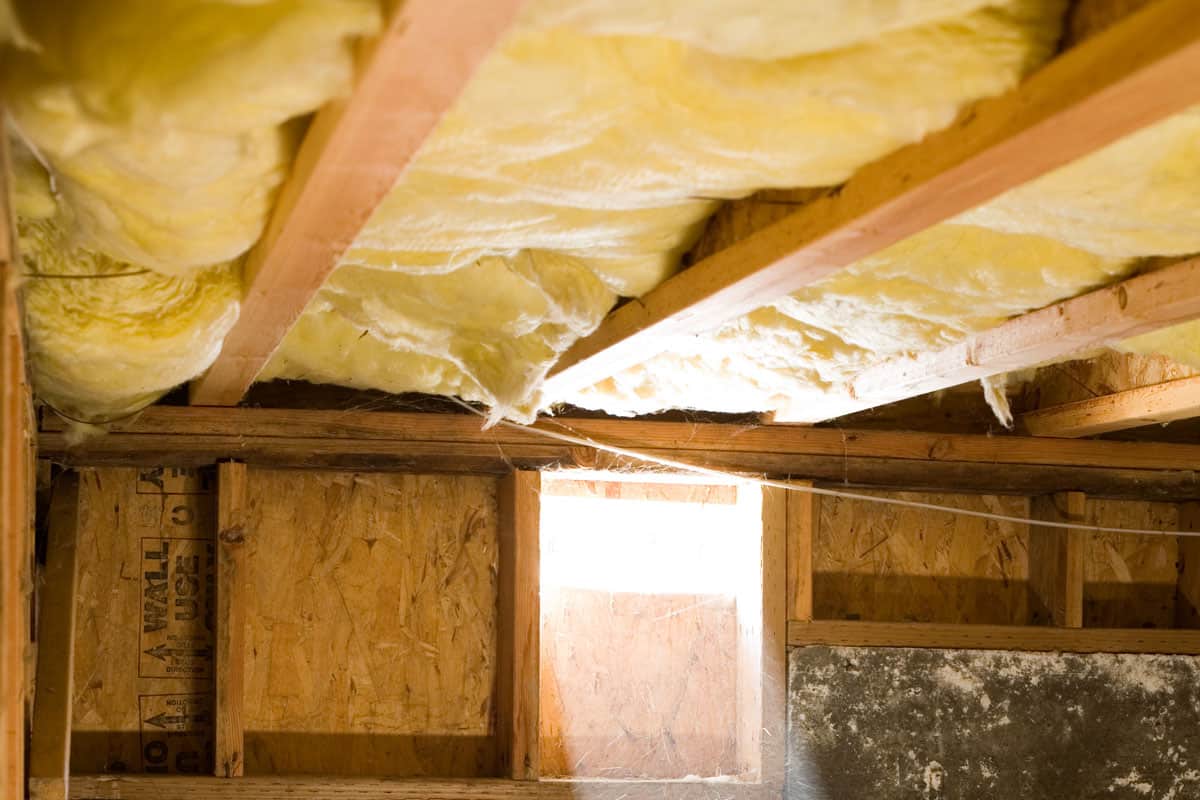
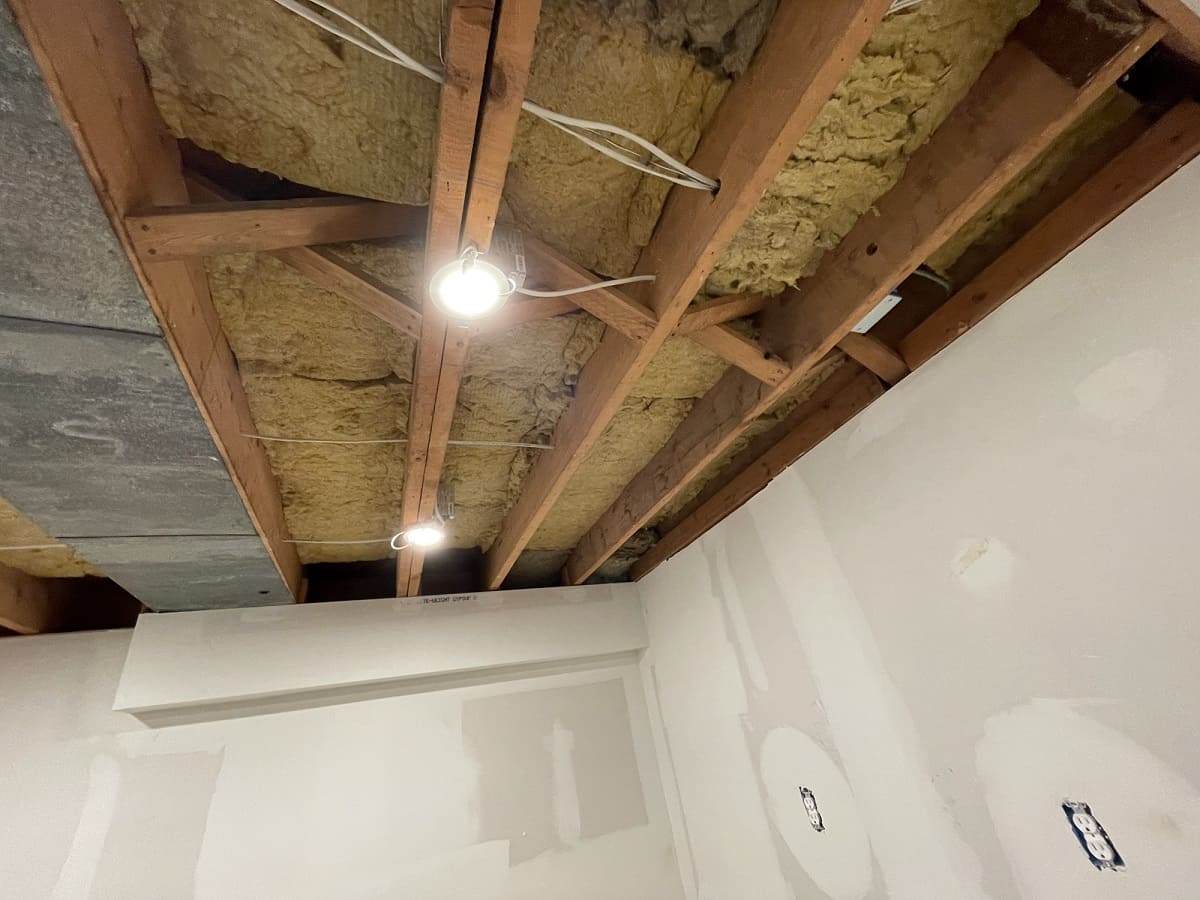
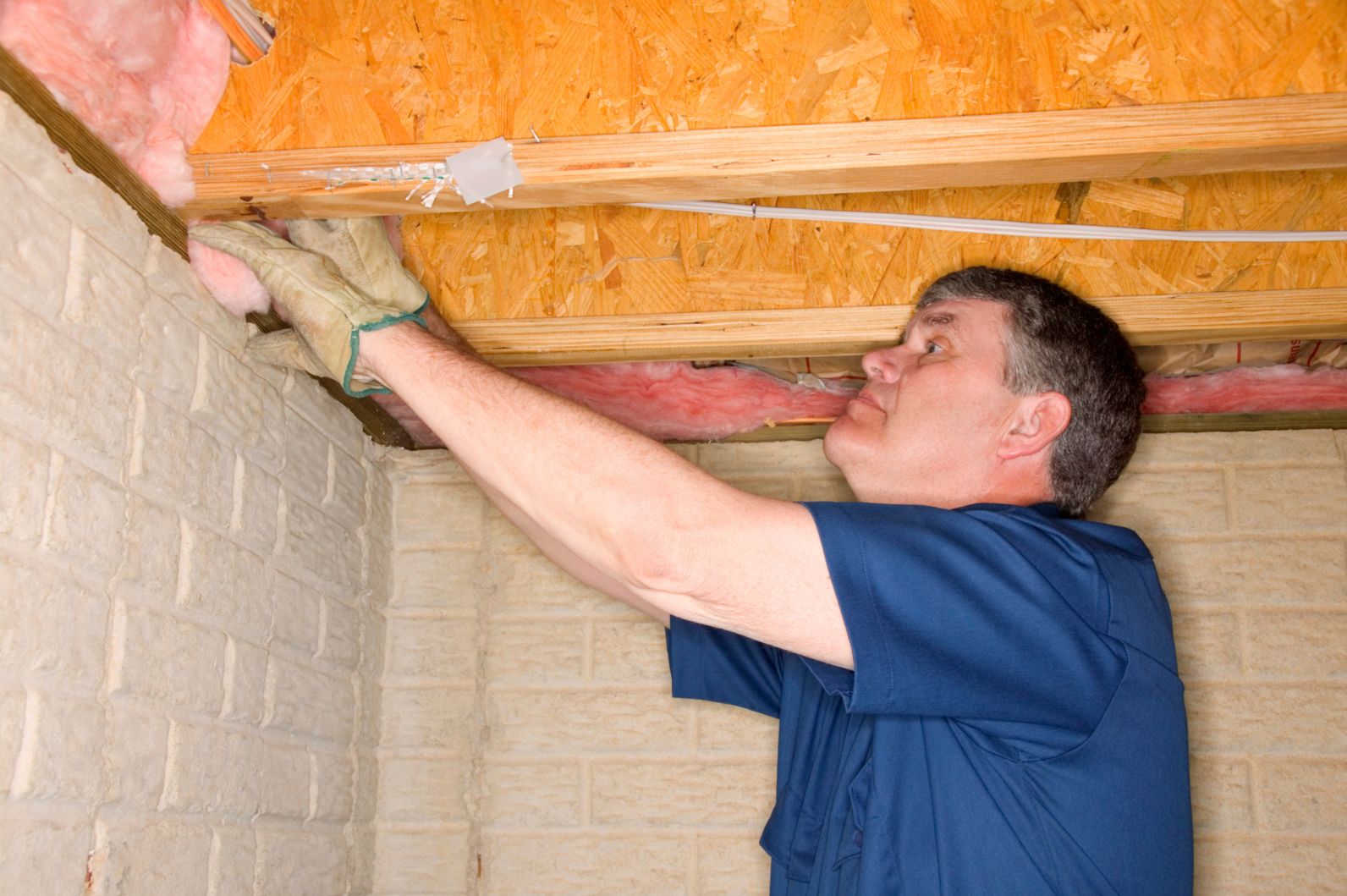
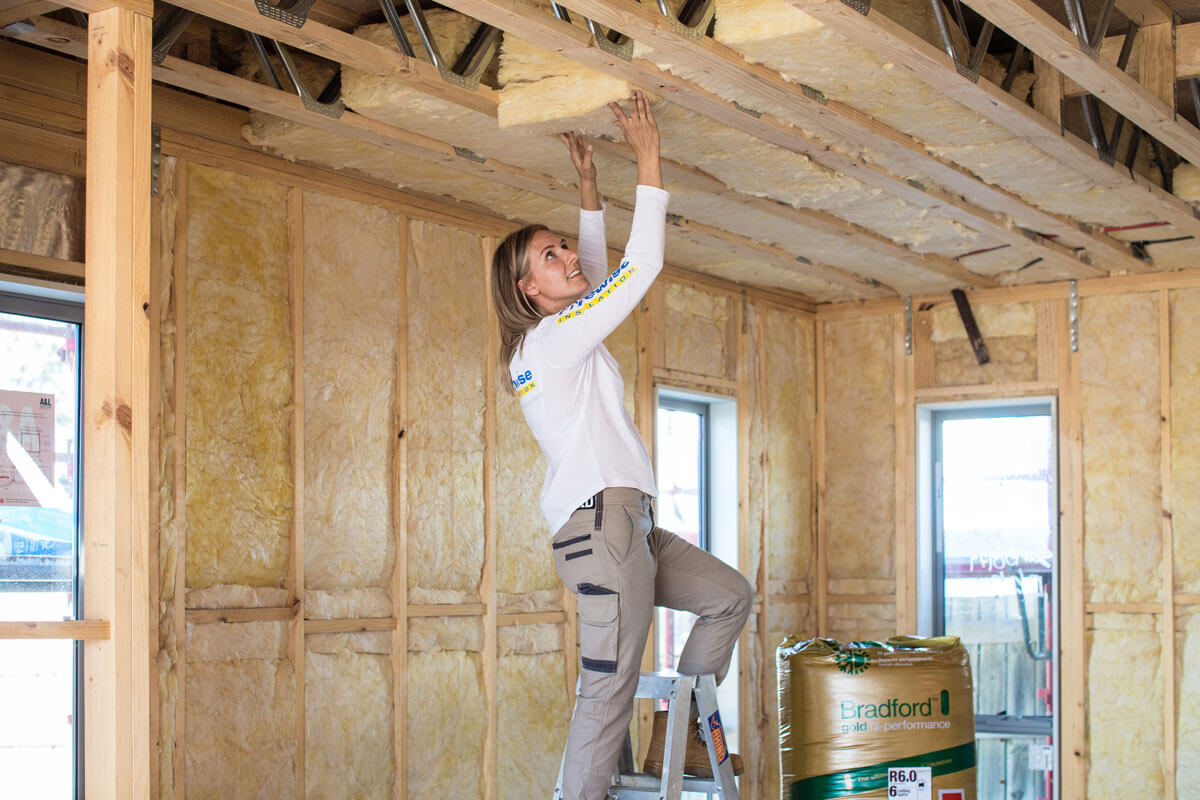
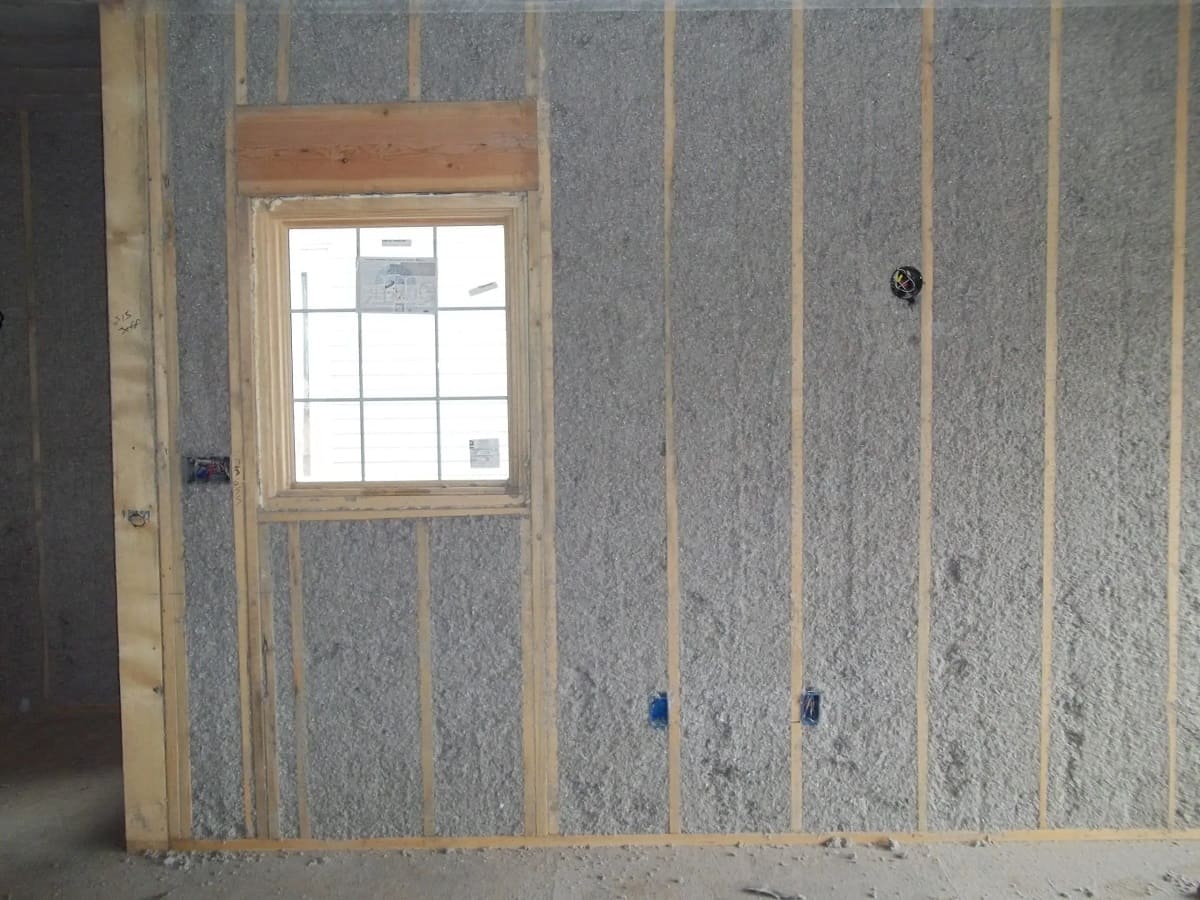
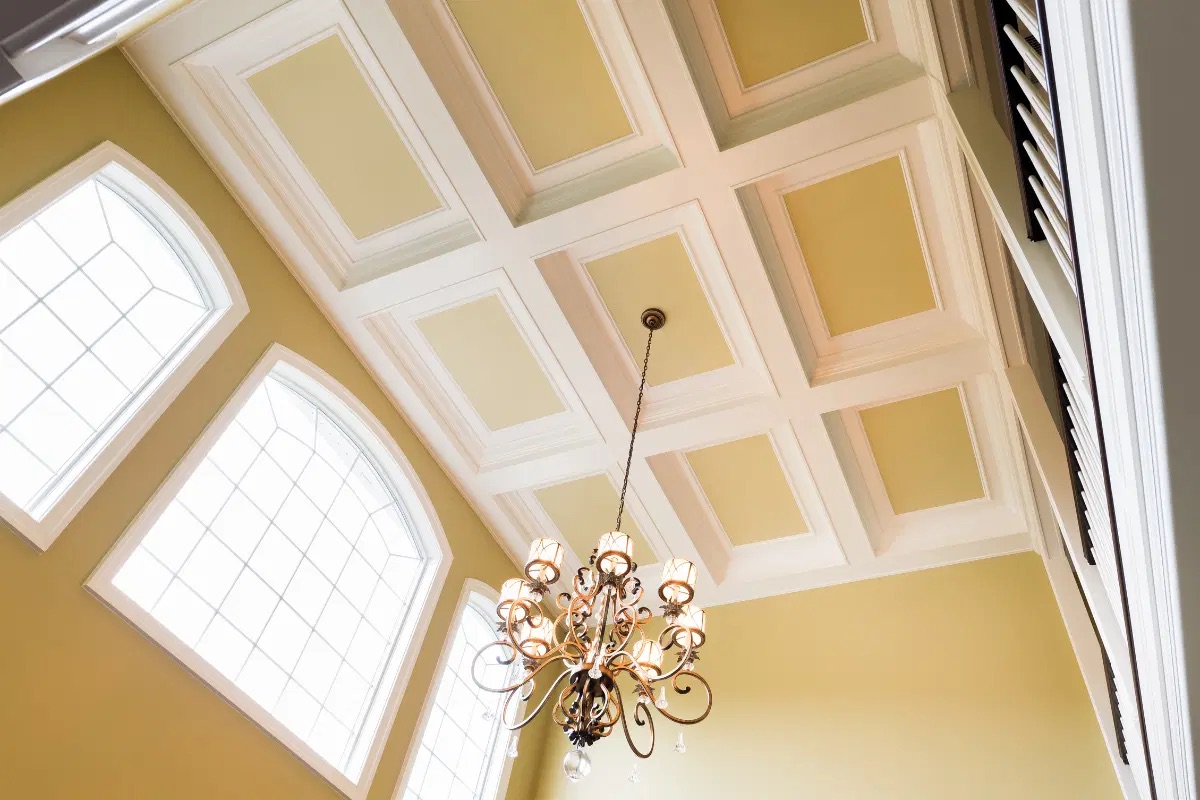
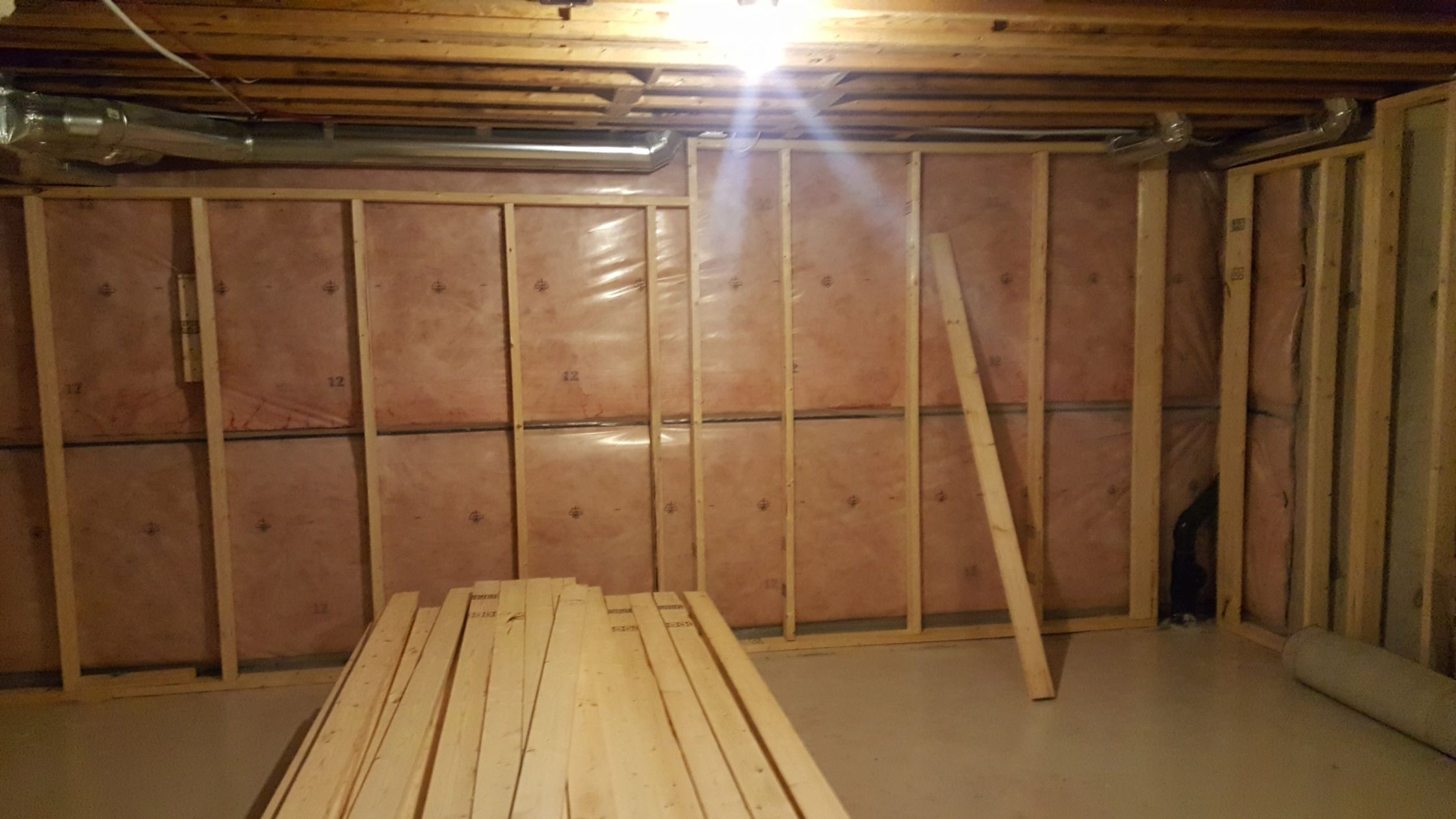
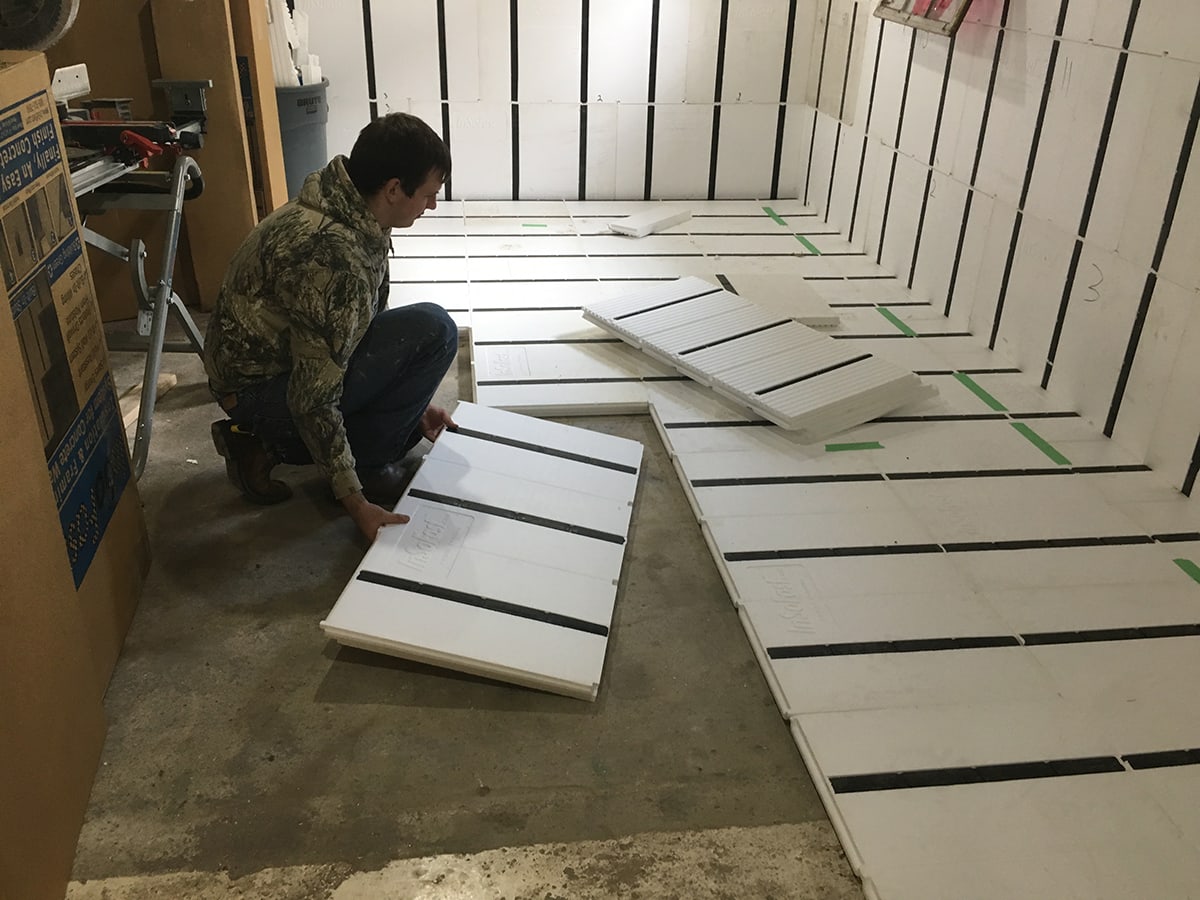
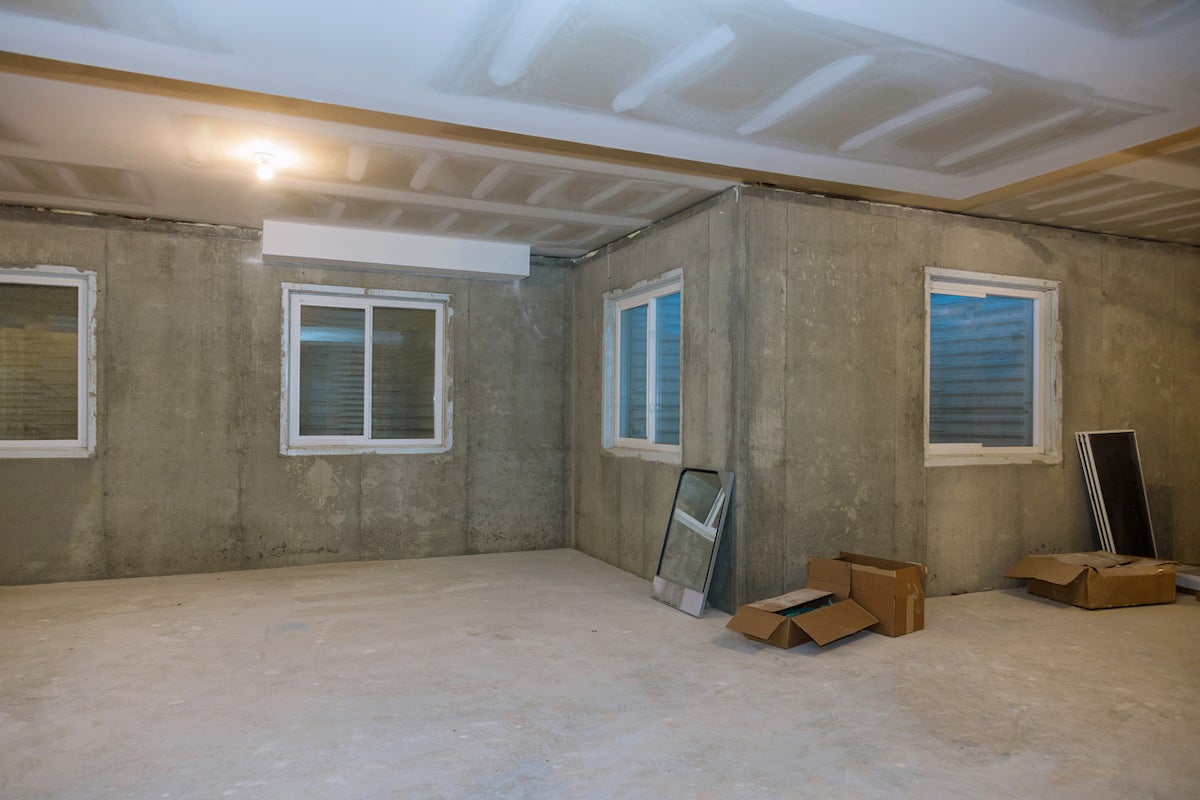
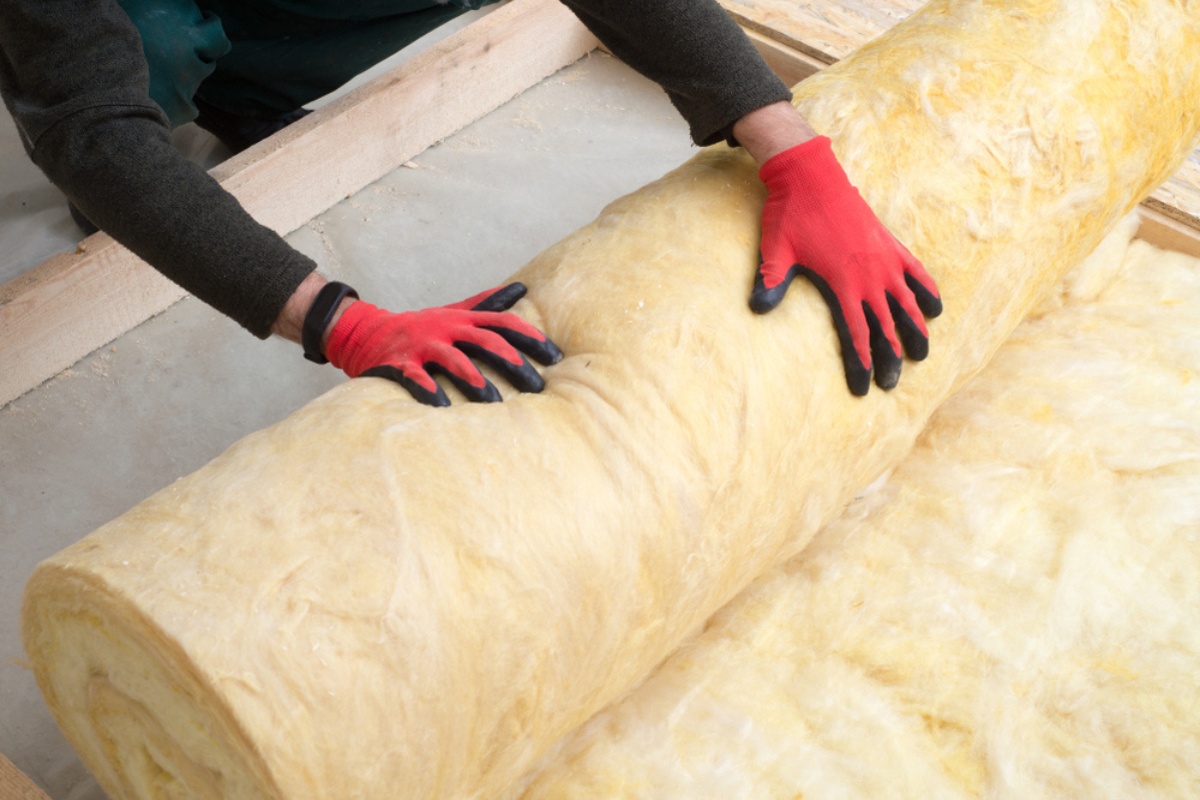
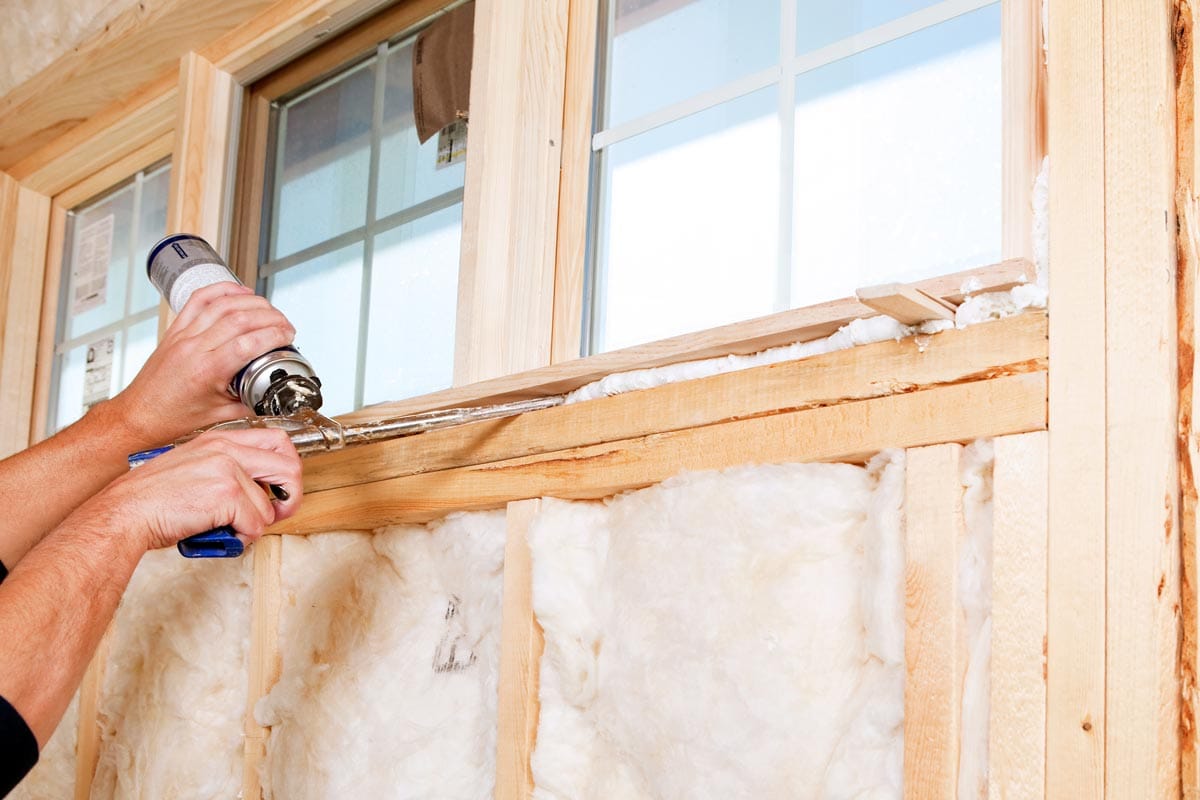
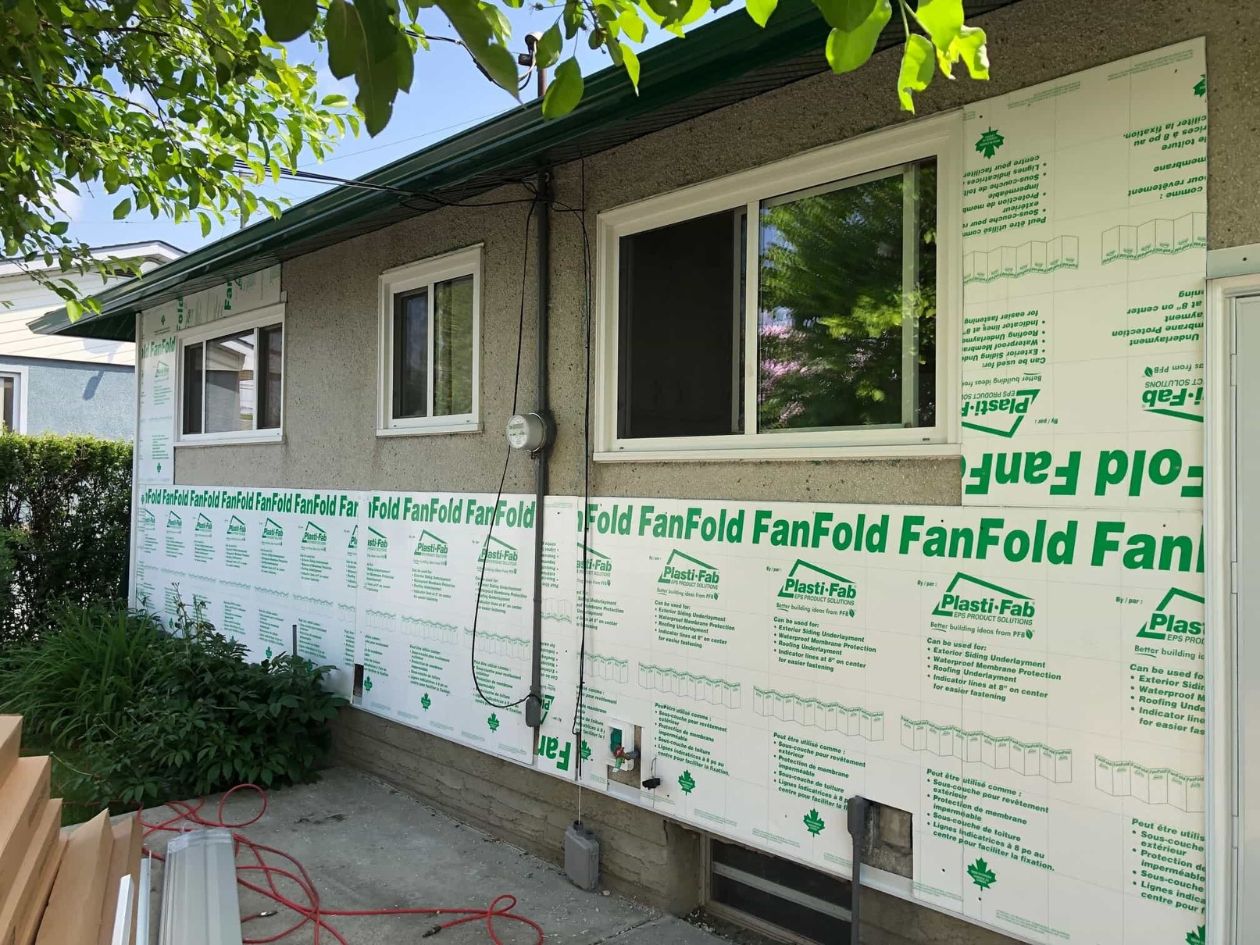
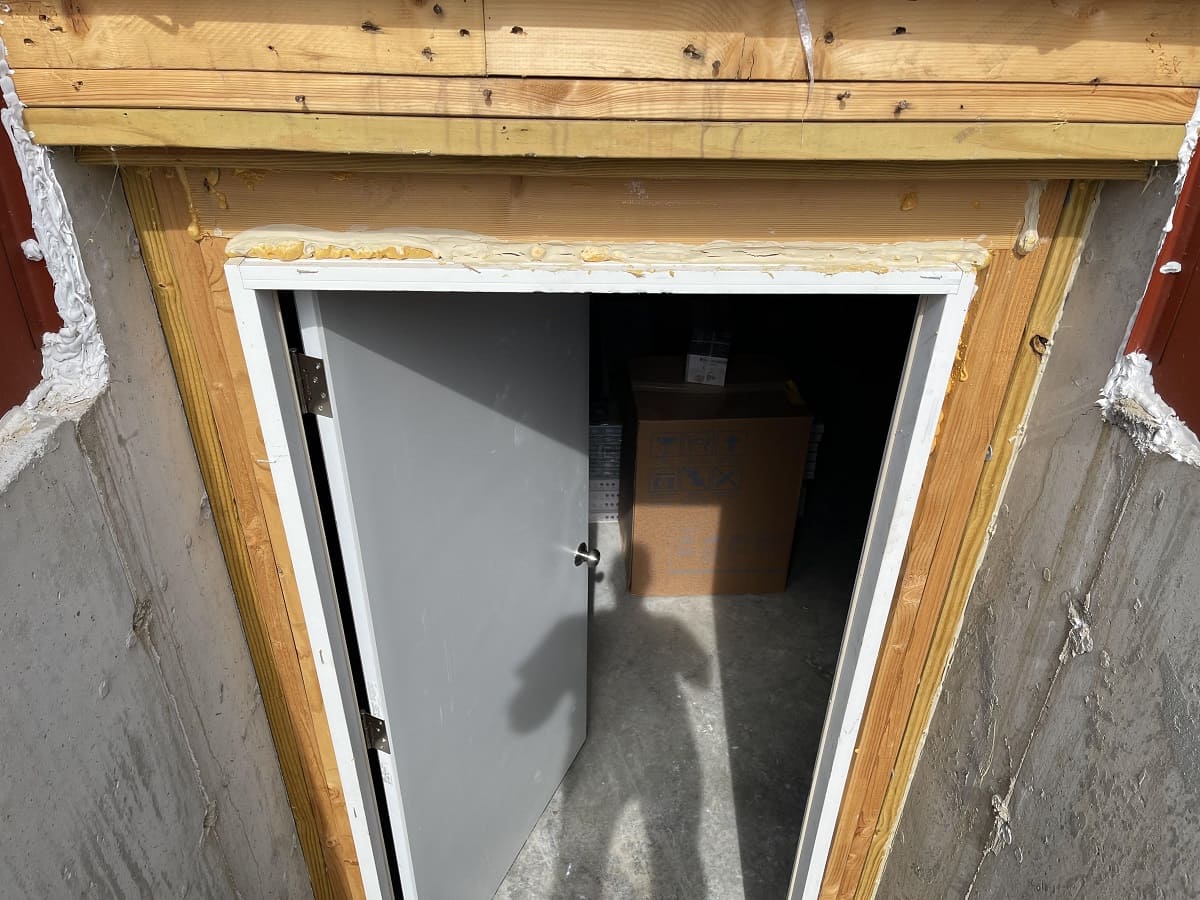

0 thoughts on “What To Use To Cover Insulation In Basement Ceiling”